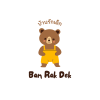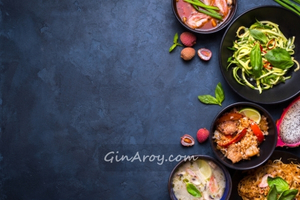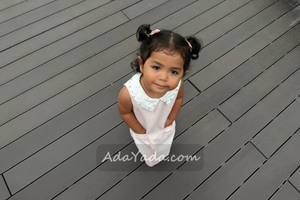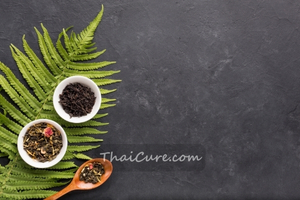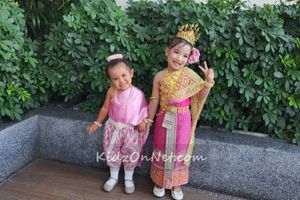- Introduction: Why Creativity in the Early Years Matters
- What Makes a Toy “Creative”?
- How Play Builds the Brain
- The Top 10 Toy Categories (with Picks & Play Ideas)
- 1) Building Blocks & Stacking Toys
- 2) Arts & Crafts Kits (Toddler-Friendly)
- 3) Pretend Play Kits (Kitchen, Doctor, Tool Sets)
- 4) Sensory Play (Playdough, Kinetic Sand, Water Play)
- 5) Musical Instruments for Toddlers
- 6) Montessori-Inspired Toys (Puzzles, Sorters, Lock Boards)
- 7) Dress-Up & Role-Play Costumes
- 8) Storytelling Toys & Puppets
- 9) Early STEM & Problem-Solving Toys
- 10) Outdoor Creative Play (Chalk, Sand, Water, Ride-Ons)
- How to Encourage Creative Play at Home (Parent Tips)
- Safety & Choosing Age-Appropriate Toys
- Special Spotlight: Open-Ended Toys That Boost Toddler Creativity
- Mini Buying Guide (Quick Picks)
- Sample Weekly Rotation (Simple & Doable)
- Troubleshooting: When Play Stalls
- Cultural & Family Context: Make It Yours
- Quick Reference: Matching Toys to Skills
- Conclusion: Keep It Simple, Keep It Playful
- FAQ (Fast Answers for Busy Parents)
Introduction: Why Creativity in the Early Years Matters
Toddlerhood is a whirlwind of discovery. Every day your child experiments with sounds, textures, shapes, and stories—building the foundations of problem-solving, language, and emotional intelligence. That’s why choosing imaginative toys that boost toddler creativity is more than shopping; it’s a strategy for development. When a toy invites your child to invent, combine, and pretend, it turns five minutes of play into a mini lesson in communication, focus, and flexible thinking.
Across cultures, simple, hands-on objects—blocks, dolls, clay, instruments—have powered children’s learning long before batteries and screens. In Thailand, for example, families often encourage creative play with everyday materials (banana leaves, cardboard, sand) and community play that blends storytelling with pretend roles. Whether you’re in Bangkok or Boston, the principle holds: the best educational toys for toddlers creative play are those that let children lead.
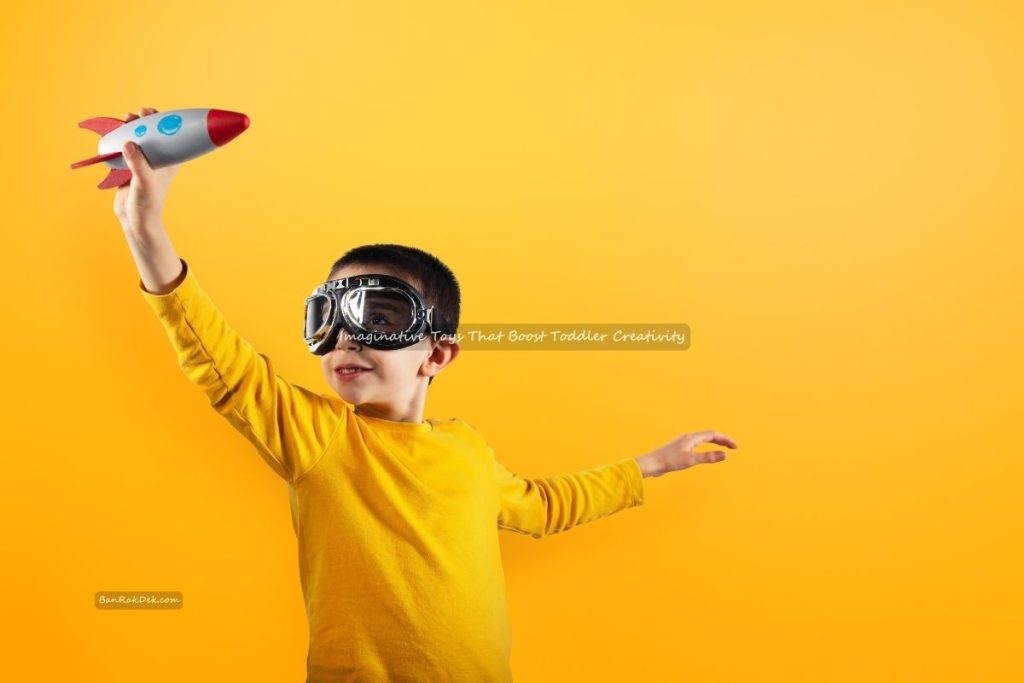
This guide reviews ten categories of toys that consistently inspire exploration and self-expression. You’ll find practical buying tips, age-appropriate suggestions, cultural insights, and ideas for rotating toys to keep the magic fresh. We’ll also weave in a helpful comparison between passive toys (that do the entertaining) and interactive toys (that invite your child to be the creator).
👉 “Want to raise a curious, creative thinker? Dive into The benefits of open-ended toys in early childhood education.”
What Makes a Toy “Creative”?
A “creative” toy doesn’t dictate outcomes; it invites possibilities. It has multiple ways to be used, integrates naturally with other toys, and encourages a toddler to imagine a role, build a structure, or invent a story. Many such toys are inspired by Montessori principles—simple, tactile, and self-directed—which help toddlers focus and learn at their own pace.
Key characteristics:
- Multiple pathways: One toy, many uses. Today it’s a garage; tomorrow it’s a castle.
- Tactile & durable: Materials your toddler can push, stack, and rebuild (wood, silicone, fabric).
- Open possibilities: Minimal scripting or lights/sounds so your child provides the “content.”
- Hands-on challenge: Just the right difficulty to spark persistence and pride.
Ultimately, imaginative toys that boost toddler creativity give agency to the child. Your role is to set the stage—choose a small set of items, create a calm corner—and then step back.
👉 “Want to understand why play is more than just fun? Check out our in-depth look at The Benefits of Games and Toys for Kids.”
How Play Builds the Brain
During the toddler years, neural connections explode. The right kinds of play strengthen attention, memory, and language, while helping children regulate emotions and cooperate with others. When you prioritize educational toys for toddlers creative play, you’re also building:
- Cognitive skills: classifying objects, cause-and-effect, spatial awareness
- Fine & gross motor skills: pinching, pouring, stacking, dancing, drumming
- Social-emotional skills: turn-taking, empathy through role play, confidence after small challenges
- Language: naming colors, describing actions, telling stories during pretend play
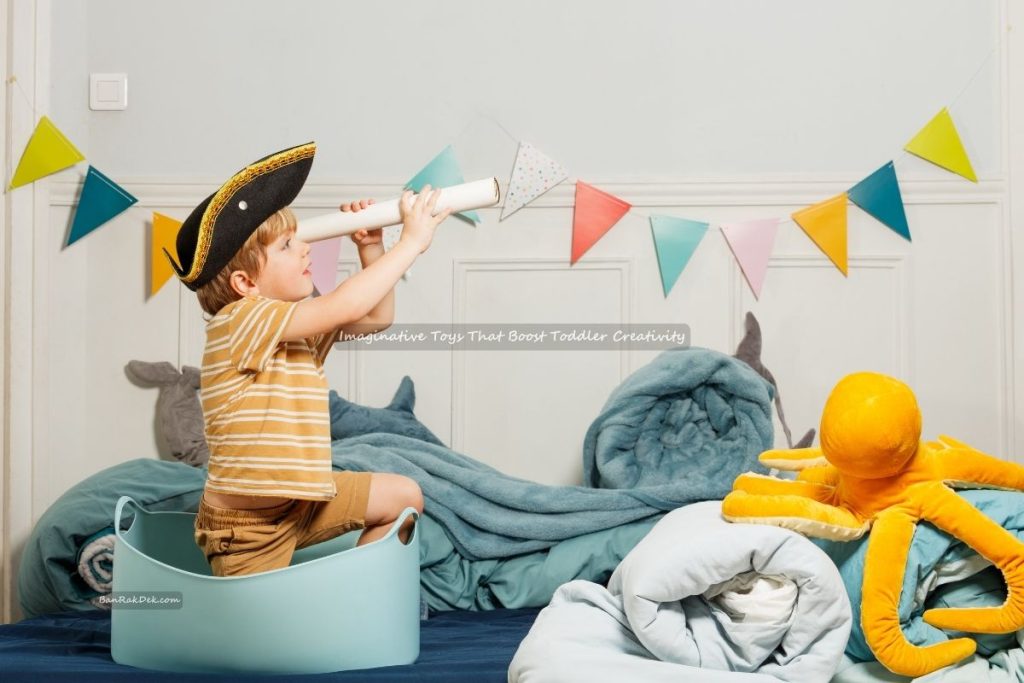
Children don’t need complicated gadgets to reap these benefits. A cardboard box can become a bus, a boat, or a rocket. A wooden spoon can become a drumstick or a talking wand. When toys are simple, your toddler’s imagination fills the gap.
The Top 10 Toy Categories (with Picks & Play Ideas)
Use this section to mix and match. Choose 2–3 categories to start, based on your child’s interests, and rotate weekly.
1) Building Blocks & Stacking Toys
Why they’re great: Blocks are classics because they naturally promote problem-solving and spatial reasoning. Toddlers stack, knock down, and try again—learning balance, symmetry, and perseverance. This category fits educational toys for toddlers creative play perfectly: it’s hands-on, language-rich (“Can you make it taller?”), and endlessly replayable.
What to look for:
- Smooth wooden blocks or soft foam blocks suitable for ages 1–3
- Mixed shapes (arches, triangles, cylinders) for variety
- A small tray or mat to define the building area
Play prompts:
- “Build a home for your stuffed animal.”
- “Make a bridge for the cars.”
- “Can we copy this picture?” (Show a simple two-block model.)
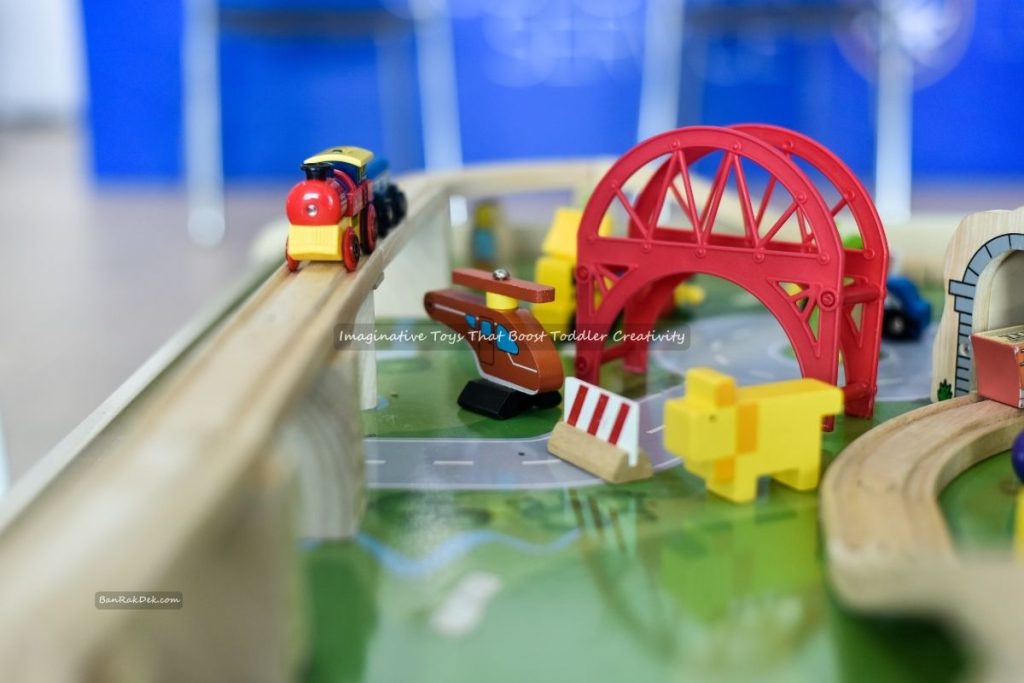
Cultural tip: Many Thai markets sell affordable wooden sets; pair blocks with fabric squares or woven baskets to create sensory variations.
2) Arts & Crafts Kits (Toddler-Friendly)
Why they’re great: Art invites toddlers to express themselves while building fine motor skills. Crayons, chunky paint sticks, finger paints, and large stickers allow for mark-making and collage without tiny parts. With these, you’re squarely in the world of imaginative toys that boost toddler creativity because each session ends with a unique creation.
What to look for:
- Washable, non-toxic supplies
- Oversized paper, easel paper rolls, or recycled cardboard
- Safe scissors with rounded tips (for older toddlers) and big stickers
Play prompts:
- “Paint the sound of rain.”
- “Draw a map for our pretend trip to the park.”
- “Sticker story: place three stickers and tell me what’s happening.”
Set-up tip: Keep a waterproof mat and a low-shelf “art tray” so your toddler can help themselves (with supervision).
3) Pretend Play Kits (Kitchen, Doctor, Tool Sets)
Why they’re great: Pretend play is a language and social-emotional supercharger. Toddlers love to copy daily life—cooking, fixing, caring—developing empathy and problem-solving along the way. These kits are quintessential educational toys for toddlers creative play because roles, scripts, and outcomes are entirely child-led.
What to look for:
- Durable accessories (pots, stethoscope, wooden tools)
- Soft dolls or animals to be “patients” or “customers”
- A small tote so your child can carry the “clinic” or “toolbox”
Play prompts:
- “Our restaurant needs a soup of the day!”
- “Doctor check-up: Can you listen to Teddy’s heartbeat?”
- “The bookshelf is wobbly—how can we fix it?”
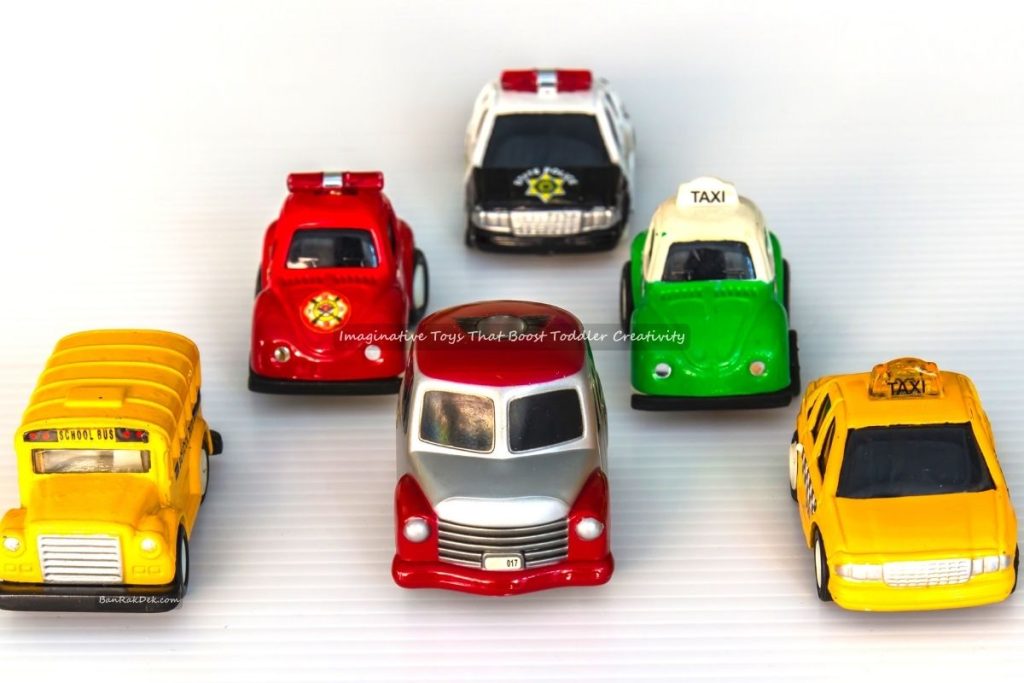
Language tip: Model simple phrases: “Your turn to stir”; “I’ll be the customer.”
4) Sensory Play (Playdough, Kinetic Sand, Water Play)
Why they’re great: Sensory materials are calming, strengthen hand muscles, and support early science concepts (squish, roll, pour, measure). These are imaginative toys that boost toddler creativity because your child becomes the inventor—making shapes, tracks, and pretend foods.
What to look for:
- Non-toxic playdough (store-bought or homemade)
- Play trays, cups, and chunky tools
- Optional: water beads for older toddlers (strict supervision), or a shallow water tub
Play prompts:
- “Make three playdough pancakes.”
- “Can you bury and find the dinosaur?”
- “Pour water from cup to cup—what changes?”
Safety note: Always supervise; keep small parts away from mouths and drain water after play.
5) Musical Instruments for Toddlers
Why they’re great: Rhythm builds attention and coordination, and music invites joint attention—an important social skill. Think simple: shakers, tambourines, drums, xylophones. Music play beautifully aligns with educational toys for toddlers creative play—it’s expressive and collaborative.
What to look for:
- Instruments sized for toddler grip
- Sturdy construction (no sharp edges, secure fastenings)
- A small basket to store instruments visibly
Play prompts:
- “Fast drum, slow drum—can you copy?”
- “Let’s march and shake to the music.”
- “Make a sound for ‘sunshine’ and a sound for ‘rain.’”
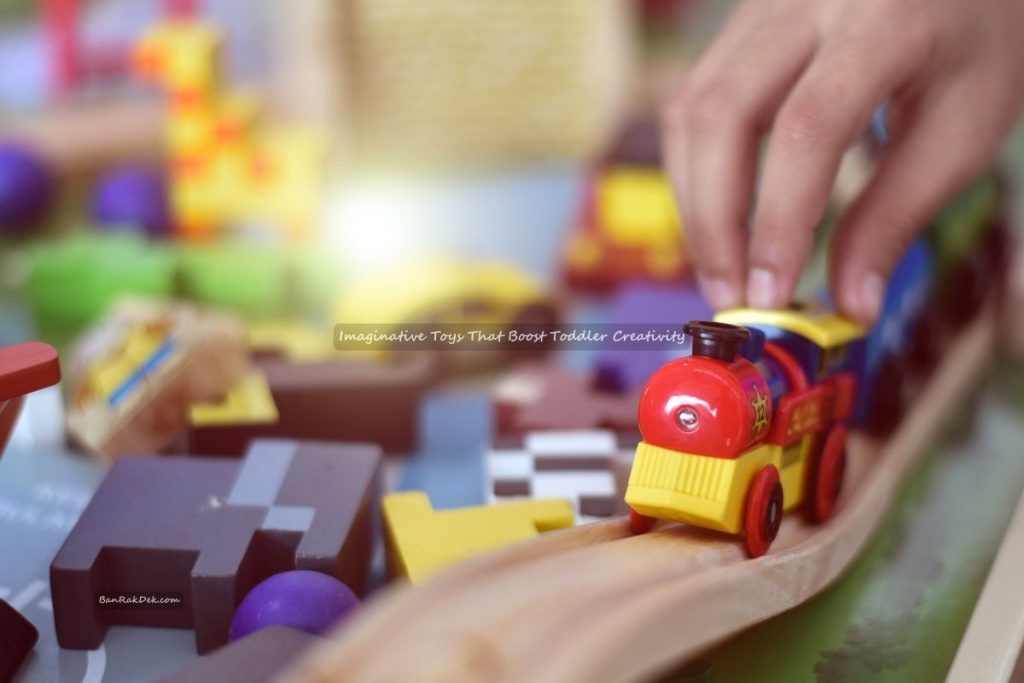
Cultural tip: Explore local melodies and rhythms; simple Thai folk tunes or children’s songs add cultural pride and variety.
6) Montessori-Inspired Toys (Puzzles, Sorters, Lock Boards)
Why they’re great: Montessori-style toys isolate a single skill (match colors, fit shapes, turn keys), encouraging concentration and independent practice. They’re ideal imaginative toys that boost toddler creativity because once the “work” is mastered, toddlers incorporate pieces into pretend scenarios (puzzle animals come alive, lock boards become “doors”).
What to look for:
- Wooden shape sorters, knobbed puzzles, ring stackers
- Realistic images over cartoonish designs for focus
- A low shelf for self-selection
Play prompts:
- “Can this piece find its home?”
- “Sort spoons vs. forks” using a safe utensils basket
- “Match lids to containers” from your kitchen (clean and safe)
7) Dress-Up & Role-Play Costumes
Why they’re great: Clothing transforms identity and invites storytelling. Scarves, hats, capes, and simple vests are enough to become chefs, gardeners, or explorers. Costume play is classic educational toys for toddlers creative play territory because it centers language, emotion, and social rules (“my turn to be the bus driver”).
What to look for:
- Easy on/off pieces with Velcro or stretchy bands
- A mirror at toddler height for self-expression
- A small rack or basket for independent choice
Play prompts:
- “Let’s be market sellers—what are we selling?”
- “You’re the bus driver; where are we going?”
- “Super-helper cape: what needs helping today?”
8) Storytelling Toys & Puppets
Why they’re great: Storytelling connects imagination with language and memory. Puppets, story cubes, felt boards, and picture cards help toddlers build narratives and try out emotions safely. As imaginative toys that boost toddler creativity, puppets let shy children “speak” through a character.
What to look for:
- Hand puppets with friendly faces
- Felt board with simple shapes and animals
- Story dice/cards with actions and places
Play prompts:
- “Puppet says: ‘I’m sad.’ What can we do?”
- “Tell a story with three pictures: who, where, what happened?”
- “Hide the puppet and give clues.”
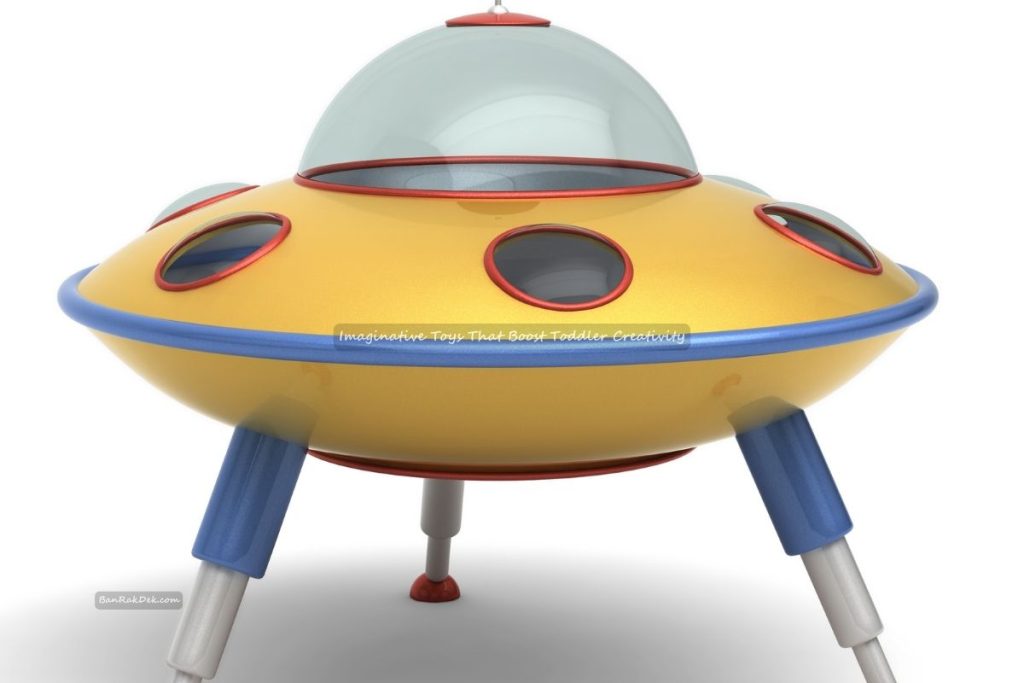
Cultural tip: Print small photos from family life or local scenes (temples, markets, boats) to spark familiar stories.
9) Early STEM & Problem-Solving Toys
Why they’re great: STEM for toddlers is not about screens; it’s about tinkering and cause-and-effect. Gears, ramps, large-piece puzzles, magnetic tiles, and simple mazes build logic and visual planning. These are imaginative toys that boost toddler creativity because toddlers design systems—“If I put the ramp higher, the car is faster!”
👉 “Looking to spark curiosity and problem-solving skills from day one? Don’t miss our guide on STEM Toys for Early Childhood Development from Infancy.”
What to look for:
- Chunky, easy-to-connect pieces
- Clear cause-and-effect (gears that actually spin)
- Magnetic tiles with strong, enclosed magnets
Play prompts:
- “Can you make a tunnel for the car?”
- “Build a tall tower with a door.”
- “Which ramp is fastest? Let’s test.”
10) Outdoor Creative Play (Chalk, Sand, Water, Ride-Ons)
Why they’re great: Outdoors amplifies imagination with space, light, and sensory variety. Sidewalk chalk becomes maps and tracks; buckets become kitchens; ride-ons become delivery trucks. This arena is full of educational toys for toddlers creative play—and it’s where language and movement merge.
What to look for:
- Washable chalk, small buckets, shovels, watering cans
- A simple ride-on or balance bike (age appropriate)
- Weather-appropriate hats and sunscreen
Play prompts:
- “Draw a road and drive on it.”
- “Make a sand cake and decorate with leaves.”
- “Deliver letters to the plants with your watering can.”
Cultural tip: In warm climates, water play is a joy—small basins, cups, and spoons are enough to keep toddlers engaged while you narrate actions (“pour, splash, fill”).
How to Encourage Creative Play at Home (Parent Tips)
Even the best toys won’t shine if they’re buried at the bottom of a bin. Use these quick tweaks to make imaginative toys that boost toddler creativity the star of your home:
- Rotate weekly: Offer 6–8 items on low shelves; store the rest out of sight. Novelty = new ideas.
- Create zones: A building corner, a pretend kitchen, a music basket. Clear spaces reduce overwhelm.
- Join—then fade: Model one or two ideas (“Let’s build a bridge”), then let your child lead.
- Narrate, don’t quiz: “You stacked three blocks!” invites pride; constant questions can stall play.
- Bundle themes: Blocks + cars + chalk road = a mini city. Puppets + doctor kit = social-emotional stories.
- Use real-life links: After a market visit, set up a “shop” at home with scoops, beans, and bags. This is authentic educational toys for toddlers creative play that mirrors daily life.
Safety & Choosing Age-Appropriate Toys
Creativity should be safe and calm for everyone. Before buying:
- Check age labels and avoid small parts for under-3s.
- Prefer sturdy materials (finished wood, thick plastic, fabric with strong seams).
- Choose washable items (art supplies, costumes, plush) and non-toxic finishes.
- Supervise sensory play (sand, water, beads); set clear start-and-end routines.
- Store smart: Use shallow baskets on low shelves. Clean up together—toddlers love matching “like with like.”
These guardrails make educational toys for toddlers creative play feel easy to manage in real life.
Special Spotlight: Open-Ended Toys That Boost Toddler Creativity
Parents often ask about “open-ended” options. In plain terms, these are toys that don’t have one correct answer: scarves, blocks, magnetic tiles, animal figures, and simple vehicles that can be anything your child imagines. A short list of open-ended toys that boost toddler creativity might include:
- A basket of wooden blocks
- A set of magnetic tiles
- Play scarves and hats
- A family of animal/people figurines
- A basic kitchen set with pots and ladles
Mix any two of the above and watch stories explode.
Mini Buying Guide (Quick Picks)
- Budget set-up: Foam blocks + crayons + a shaker drum
- Montessori-leaning: Wooden shape sorter + knobbed puzzle + ring stacker
- Language-rich: Puppets + picture cards + pretend kitchen
- Outdoorsy: Chalk set + buckets/spades + watering can
- STEM-curious: Magnetic tiles + ramp tracks + gear board
Choose one “anchor” toy per zone, add 1–2 accessories, and change just one thing each week.
Sample Weekly Rotation (Simple & Doable)
Week 1 (Build & Pretend):
- Shelf A: Wooden blocks, cars, fabric squares
- Shelf B: Kitchen kit, 2 dolls, felt food
- Basket: Shakers, drum
- Tray: Crayons + paper
Week 2 (Sensory & Story):
- Shelf A: Playdough set, rolling pin, shape cutters
- Shelf B: Puppets, story cards, picture books
- Basket: Tambourine, xylophone
- Tray: Stickers + collage materials
Each rotation keeps imaginative toys that boost toddler creativity fresh without buying more.
Troubleshooting: When Play Stalls
- Too many choices? Offer fewer items.
- Frustration? Simplify the challenge (fewer puzzle pieces).
- Throwing? Provide a “throw zone” with soft balls and name it.
- Mouthy phase? Stick to large, safe objects; pause small pieces.
- Short attention? Join for two minutes, narrate, then step back.
Remember: the goal isn’t quiet children; it’s engaged children. Short, frequent bursts of educational toys for toddlers creative play add up.
Cultural & Family Context: Make It Yours
Every family has its traditions—songs, foods, celebrations. Bring them into play:
- Cook pretend dishes from your family’s cuisine (sticky rice “cakes,” coconut soup “mix”).
- Tell stories about local places—markets, boats, temples—and re-create them with blocks and puppets.
- Use greetings and phrases from your home language during pretend play to enrich vocabulary.
This is where imaginative toys that boost toddler creativity meet identity, belonging, and pride.
Quick Reference: Matching Toys to Skills
- Language & Social: puppets, pretend kits, dress-up
- Fine Motor: playdough tools, stickers, knobbed puzzles
- Spatial & Logic: blocks, magnetic tiles, gear boards
- Music & Rhythm: shakers, drum, xylophone
- Sensory Regulation: water trays, sand play, kinetic sand (supervised)
Pick based on what you want to nurture this month.
Conclusion: Keep It Simple, Keep It Playful
You don’t need a room full of toys to raise a creative child. A few thoughtfully chosen items—blocks, costumes, puppets, a small music basket—can transform your home into a lab of imagination. Prioritize imaginative toys that boost toddler creativity and build routines that let your child take the lead. With small weekly rotations, safe materials, and a dash of storytelling, you’ll see focus lengthen, language bloom, and confidence grow. Most importantly, you’ll see joy—because educational toys for toddlers creative play aren’t just about skills, they’re about the spark that makes childhood feel magical.
FAQ (Fast Answers for Busy Parents)
What are the best imaginative toys that boost toddler creativity?
Building blocks, puppets, pretend play kits, and musical instruments are top choices. These imaginative toys that boost toddler creativity let kids explore, build, and invent stories naturally.
Why are educational toys for toddlers creative play important?
They support brain growth, problem-solving, and language skills. With educational toys for toddlers creative play, toddlers gain confidence while learning through fun.
How many creative toys should my toddler have at once?
Six to eight items on low shelves is enough. Rotating imaginative play toys for toddlers keeps things exciting without overwhelming your child.
Are open-ended toys that boost toddler creativity safe for all ages?
Yes, if chosen carefully. Open-ended toys that boost toddler creativity like scarves or blocks are safe when sized properly and supervised, avoiding choking hazards.
How do Montessori toddler toys fit into creative play?
Montessori toys isolate skills and promote focus. When combined with pretend play or building, Montessori toddler toys become powerful tools for creativity.
How many toys should my toddler have out?
Six to eight visible choices are enough. Rotate weekly to spotlight imaginative toys that boost toddler creativity without clutter.
Are battery toys bad?
Not inherently, but lights/sounds can dominate. Favor toys where your child supplies the action—classic educational toys for toddlers creative play.
What if my child mixes sets (blocks in the kitchen)?
Great! Mixing is creativity. Offer a shallow tray so clean-up stays manageable.
How do I start pretend play if my child seems shy?
Use puppets as “talking helpers.” They can model feelings and invite turn-taking.
What’s one budget-friendly upgrade?
A roll of paper and washable crayons. Add to any zone to extend stories and designs.
